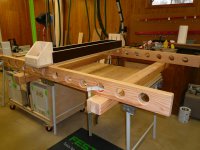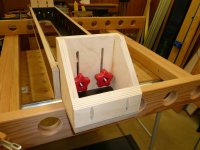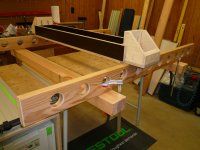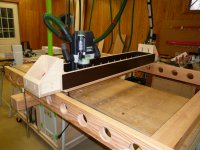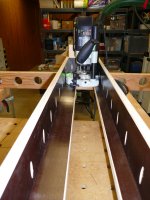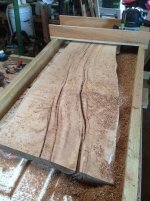rvieceli said:[member=20162]Wuffles[/member]
you can get some UHMW tape to stick to the rails. On mine I set the router on a piece of high density polyethylene (HDPE) and then polished and waxed the rail surface.
the tape is pricy. You could grab one of those cheap thin poly cutting boards from a shop and either stick it to the router base or drill and counter sink some screw holes to keep it on.
I've got some offcuts of the UHDMW stuff I could use, but was trying to gain a little more length from the router bit. The sled I use not is 18mm ply, so I've lost 18mm before I've even started.
I'll take a squizz on eBay and see what some slippy tape will set me back - will probably put it on the steel rather than the router so I can use a few different routers on it.
Mavrik said:I sanded the iron flat and waxed it.
Or I could try that.

